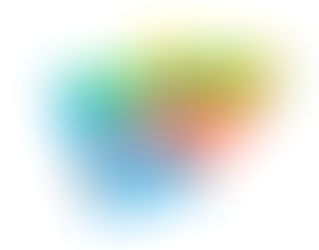Everything is Not What you See
- Emily Grout
- Oct 23, 2017
- 2 min read
The ability to understand and critically analyze information in a visual format is a vital skill for the visual world we inhabit. For the field of education, visual literacy has always been part of the untaught curriculum. We may not tell our students that they made a mistake on a paper, but we might write our corrections in red. Without any additional input, they will know that a paper covered in red writing is probably not a good one. We need to introduce more coherent and structured approaches to visual literacy in our courses. The ability to discern the sometimes hidden meaning in visual representations is an important part of teaching critical thinking skills. When I was in a high school English class, the class was assigned a chapter of Milton’s Paradise Lost to represent through a video synopsis. The assignment also required us to use symbols, motifs, and explain them in a written paper about our video. Although I did not enjoy Paradise Lost, the assignment was one of my favorite group projects in high school. First, it allowed me to communicate my thoughts in a new medium. At the time I was an introverted student, but I was allowed to create and execute a video that communicated my thoughts to an audience. I also learned how changing point of view when filming can drastically change the message conveyed. Martin Scorsese said in an interview once that children should ‘train their eyes and hearts’ to look at visual presentations of stories in a new way (Scorsese, 2006). Making the video for my class, gave me an opportunity to think about lighting, shot direction, and perspective. Also the analysis of the symbols and motifs Milton used in his work and translating that into symbols in a video was a great way to teach us how to look beyond surface meaning. Finally, the video had to be presented and explained to the class. I was able to present without the sticky- fingered fear that usually tortured me the whole day of a presentation. The presentation was also much more interesting for the class to view than students reading reports (Bates, 2013). Although I will not be assigning book analysis, I know that visual literacy will play a role in my science curriculum. Showing a video of cells replicating or plants tilting towards the sunlight over the course of the day will allow students to observe natural phenomenon that they could not observe otherwise. So many convoluted processes in biology would benefit from an interesting animation to elucidate the most important parts. I am excited to use visual presentations to ignite my students’ curiosity. References Bates, L., Bates, L. and Bates, L. Bates, L., Bates, L., & Bates, L. (2013). 5 Real Benefits of Using Animation in the Classroom. Fractus Learning. Retrieved 20 October 2017, from https://www.fractuslearning.com/2013/12/06/animation-in-the-classroom/
Martin Scorsese on the Importance of Visual Literacy Martin Scorsese on the Importance of Visual Literacy. (2006). Edutopia. Retrieved 20 October 2017, from https://www.edutopia.org/martin-scorsese-teaching-visual-literacy-video









Comments